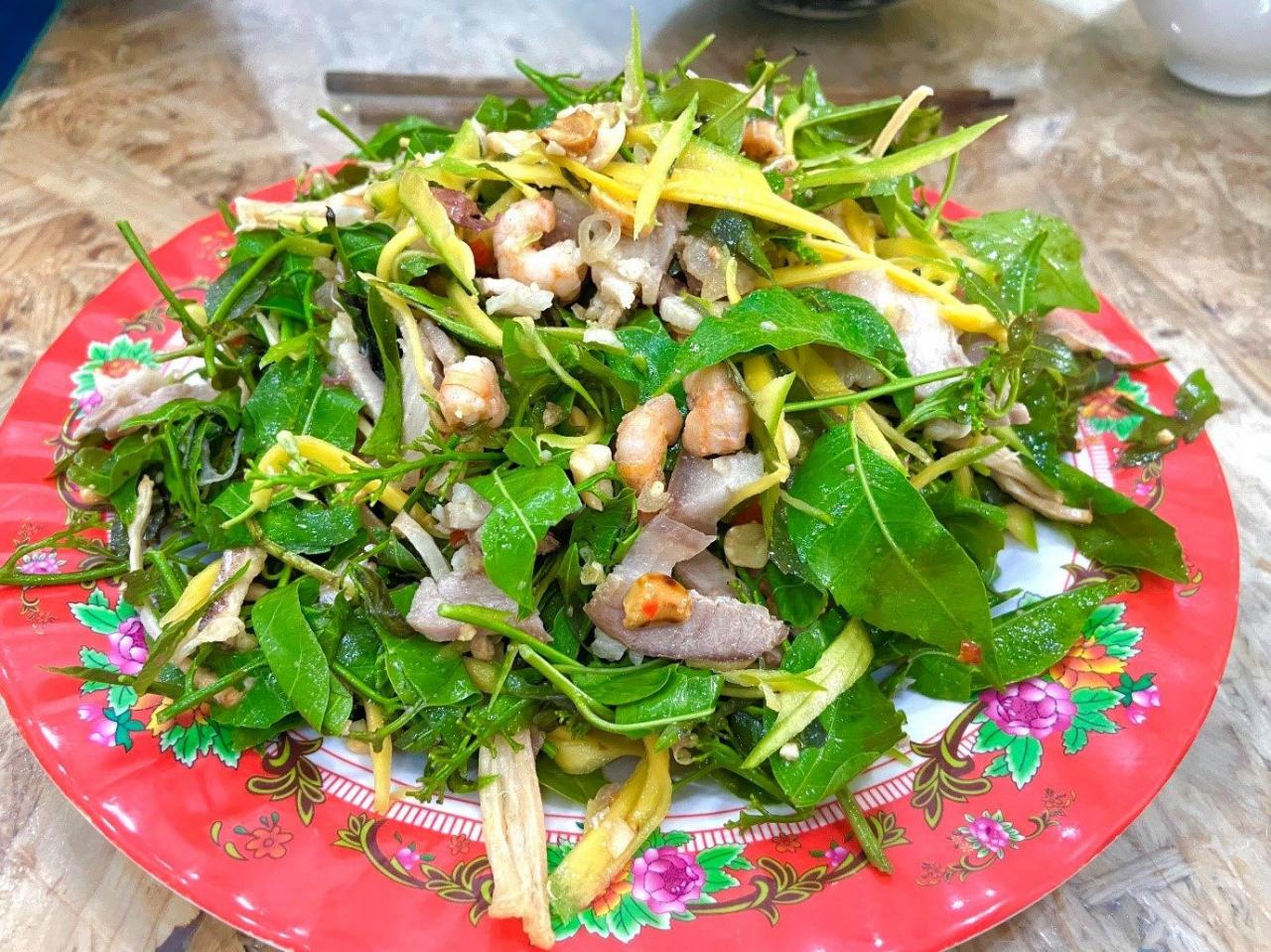
The land of the West is vast with rivers and full of sunshine and wind, so dried fish can be found anywhere.
The fish is caught in the fields, in the ditches along the garden, or on the immense Tien and Hau rivers, cut open and left to let the sun and wind of the West tighten every piece of meat.
Dried snakehead fish from Ca Mau, dried snakehead fish from Bac Lieu, dried puffed catfish from An Giang, dried pineapple fish from Can Gio, then dried long tong fish, dried frogs, dried goby fish, all kinds of dried fish, as if there is fish, there is dried fish.
People in the West are probably as crazy about salad as those in the Central region. Once they have dried it, they pick some young sầu đâu leaves, pick some young mangoes from the garden, then go inside to find some dried fish to grill over charcoal.
Sometimes the dried fish are tossed into a pile of dry straw to make it fragrant, then shredded. A bunch of young sầu đâu leaves are blanched in boiling water until they have a refreshing green color, a little chopped or shredded mango is added, mixed with the shredded dried fish, then a bowl of tamarind fish sauce is poured over.
This dish is so simple and rustic, but it has become a specialty without anyone knowing. Walking along An Giang or Tay Ninh in the days after Tet, bunches and bundles of young leaves with small white flowers are sold, as if inviting curiosity.
The leaves of the sầu đâu tree are bitter, and if you are not used to eating them, you will grimace when the bitterness fills your mouth. But then comes the salty taste of dried fish, a little sourness of tamarind sauce. Chew carefully and you will hear the flavors blend, then swallow, and feel the sweet aftertaste gradually spread out to replace the bitterness that slowly melts on the tip of your tongue. Some people say it is like drinking a cup of tea, bitter at first but then sweet later.
During the wandering days, the footsteps of a girl from the Central region got lost somewhere, drifting in Tram Chim, floating in Cai Rang floating market. Trying the famous noodle soup that makes you remember, then eating young linh fish hotpot with dien dien flowers in the flood season.
Even sipping on a piece of grilled field mouse meat or stir-fried seaweed with water mimosa, then grimacing at the bitter taste of early summer durian salad.
I was so captivated by the lush green vegetables of the West that I still brought back a lotus stem, a bag of sesban flowers, and a bunch of young leaves of sầu đâu to make salad when I boarded the plane.
Central Vietnam does not have dried snakehead fish available, nor is it familiar with the taste of tamarind fish sauce, so I made a variation of the sầu đâu salad with the shrimp my mother bought early in the morning market. The shrimps were just caught at the river mouth, snapping, adding a little thinly sliced pork belly, then lightly grilling the dried squid, which had to be the Tam Tien dried squid.
Because this unique dish is caught by fishermen and then dried on the poles of boats drifting at sea, dried by the sun and wind of the East Sea. The sweetness of shredded dried squid, the fat of pork belly, and the firm flesh of freshwater shrimp, mixed with the bitterness of young sầu đâu leaves, I call this a salad of two regions.
A leaf that only exists in the South, has traveled thousands of kilometers to meet the shrimp and squid of the Central sea, sweet, crunchy, with a little bitterness, but the taste lingers forever.
Source


![[Photo] General Secretary To Lam receives Japanese Ambassador to Vietnam Ito Naoki](https://vstatic.vietnam.vn/vietnam/resource/IMAGE/2025/4/3/3a5d233bc09d4928ac9bfed97674be98)
![[Photo] A brief moment of rest for the rescue force of the Vietnam People's Army](https://vstatic.vietnam.vn/vietnam/resource/IMAGE/2025/4/3/a2c91fa05dc04293a4b64cfd27ed4dbe)
![[Photo] Capital's youth enthusiastically practice firefighting and water rescue skills](https://vstatic.vietnam.vn/vietnam/resource/IMAGE/2025/4/3/3f8481675271488abc7b9422a9357ada)
![[Photo] Ho Chi Minh City speeds up sidewalk repair work before April 30 holiday](https://vstatic.vietnam.vn/vietnam/resource/IMAGE/2025/4/3/17f78833a36f4ba5a9bae215703da710)
![[Photo] Prime Minister Pham Minh Chinh chairs meeting after US announces reciprocal tariffs](https://vstatic.vietnam.vn/vietnam/resource/IMAGE/2025/4/3/ee90a2786c0a45d7868de039cef4a712)
![[Photo] Prime Minister Pham Minh Chinh chairs the first meeting of the Steering Committee on Regional and International Financial Centers](https://vstatic.vietnam.vn/vietnam/resource/IMAGE/2025/4/3/47dc687989d4479d95a1dce4466edd32)




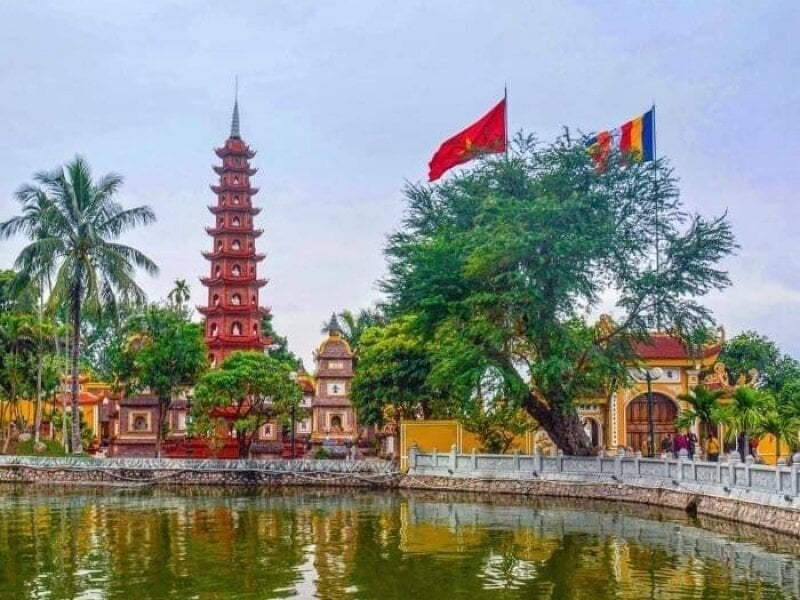




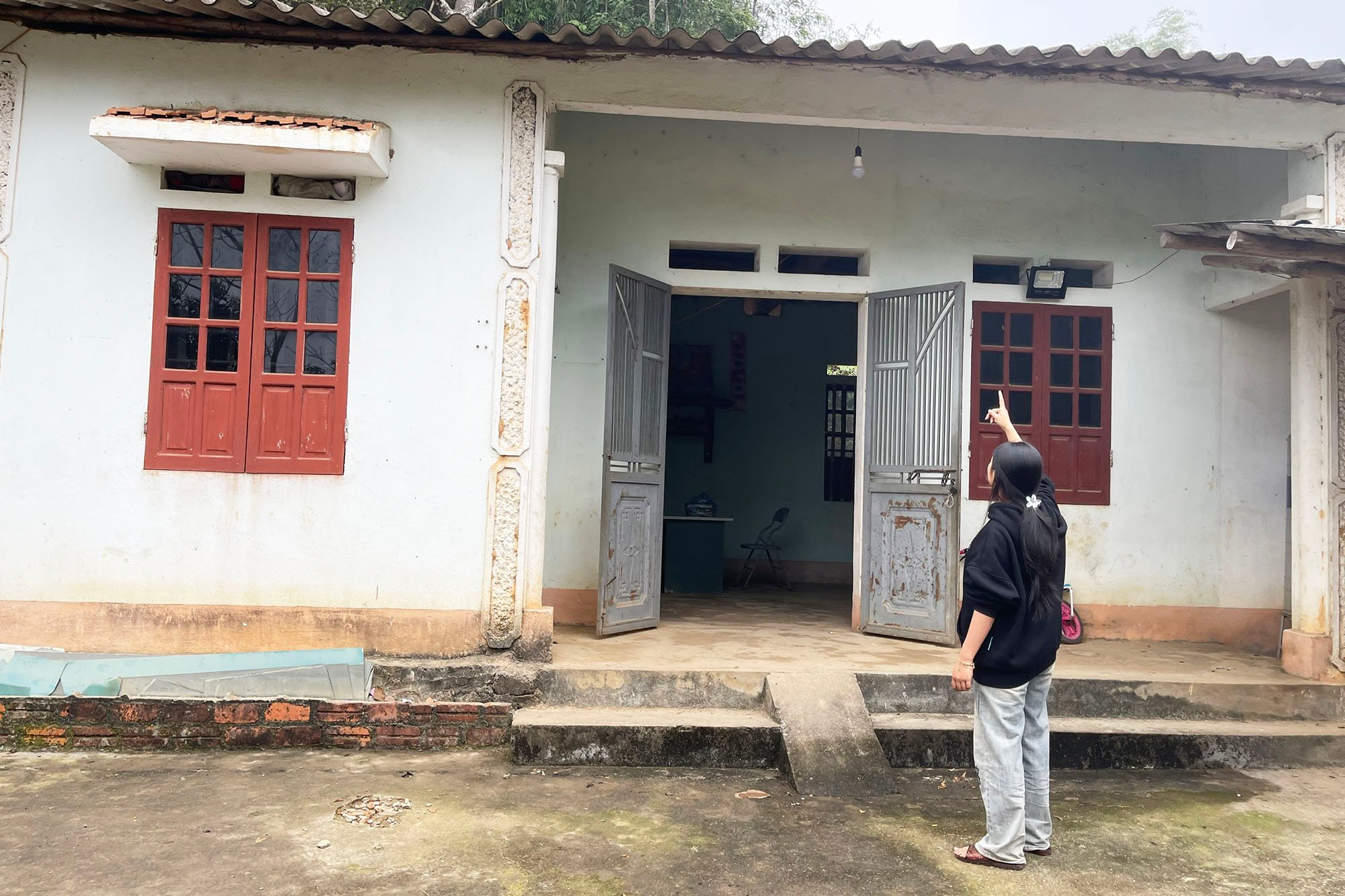









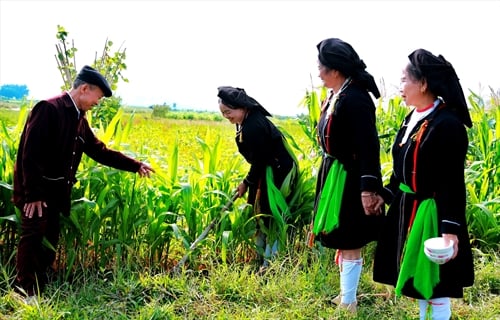



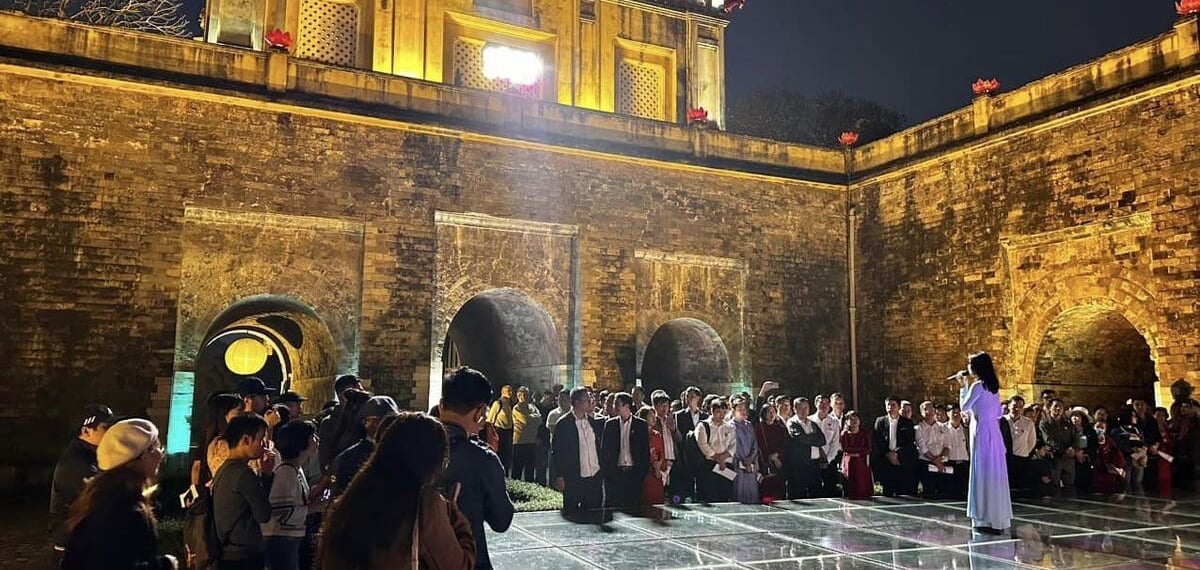



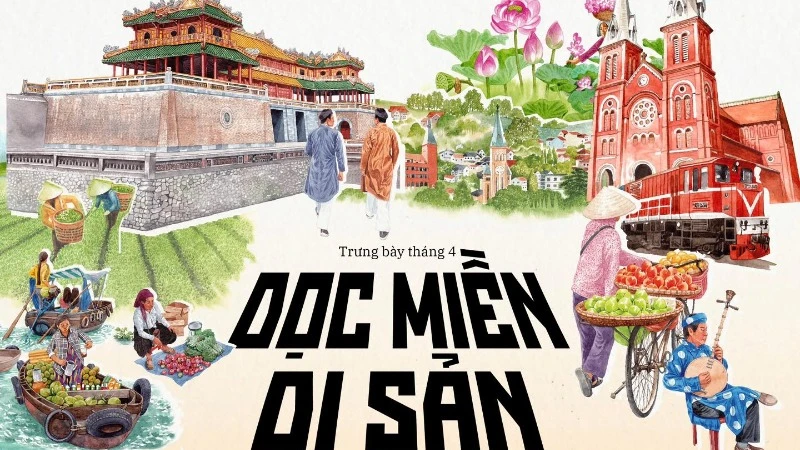

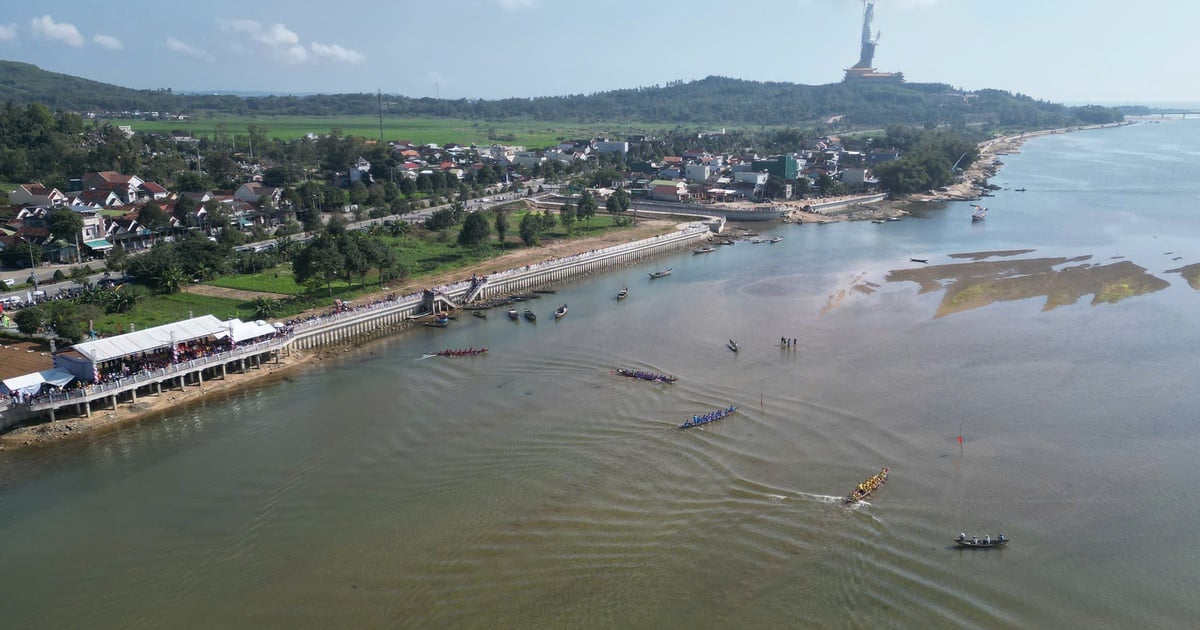




















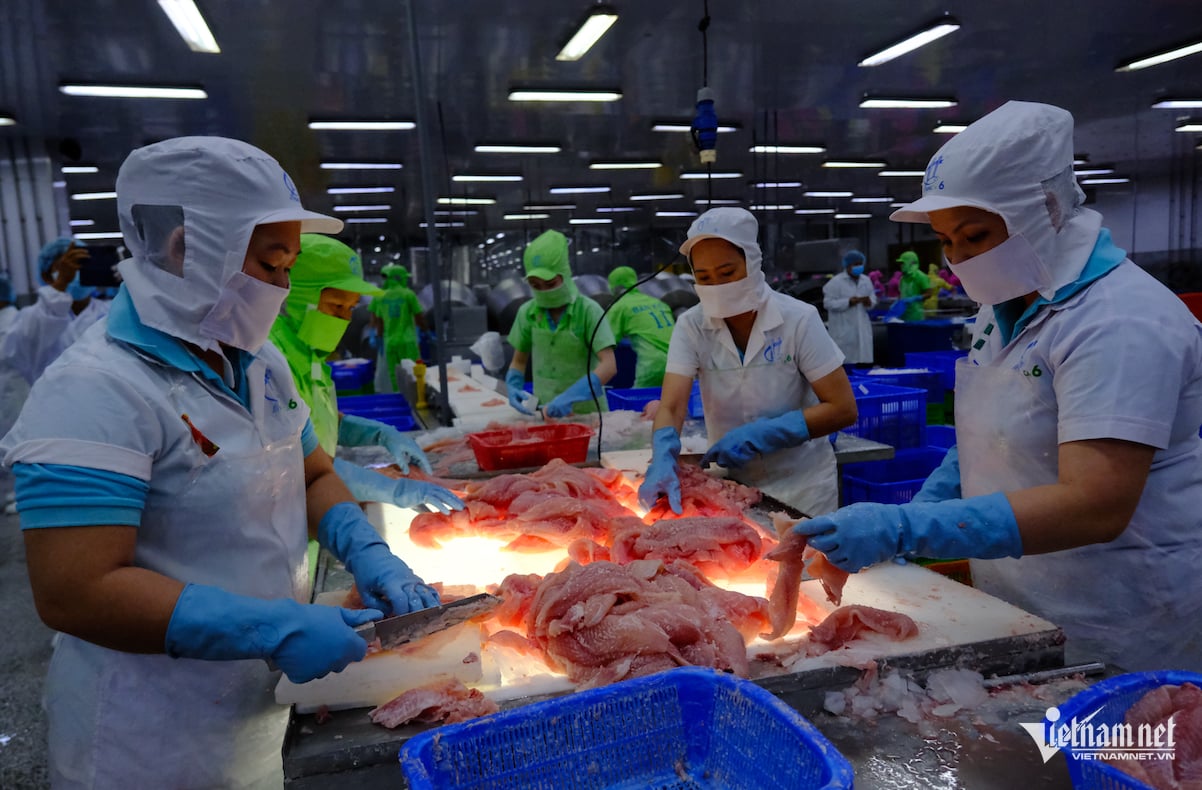



































Comment (0)